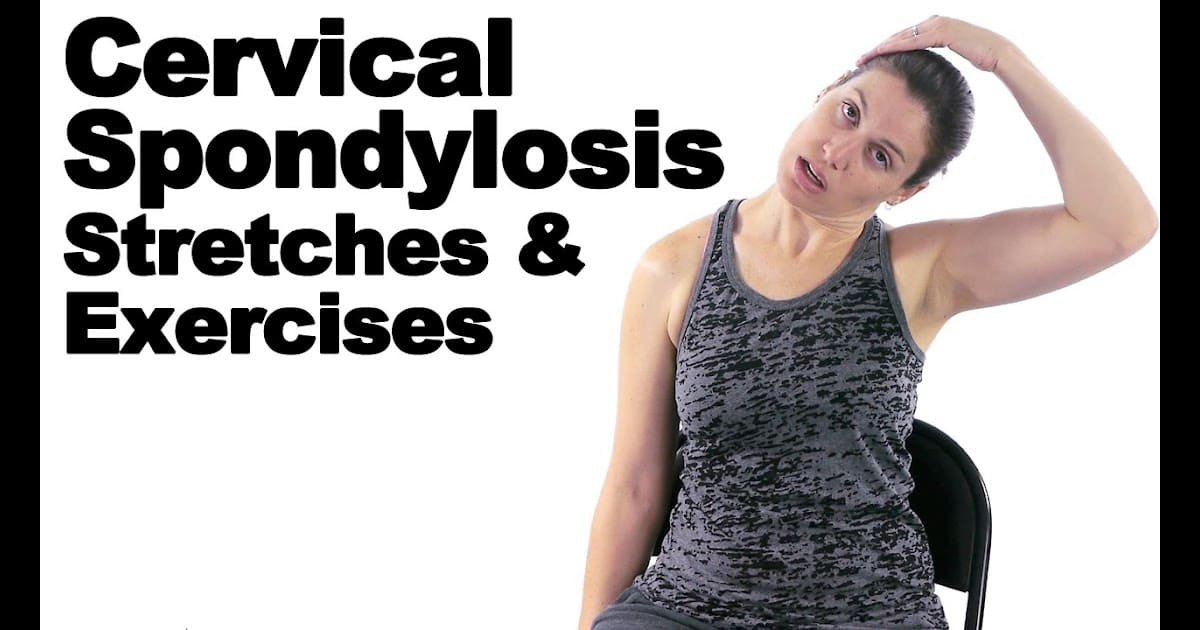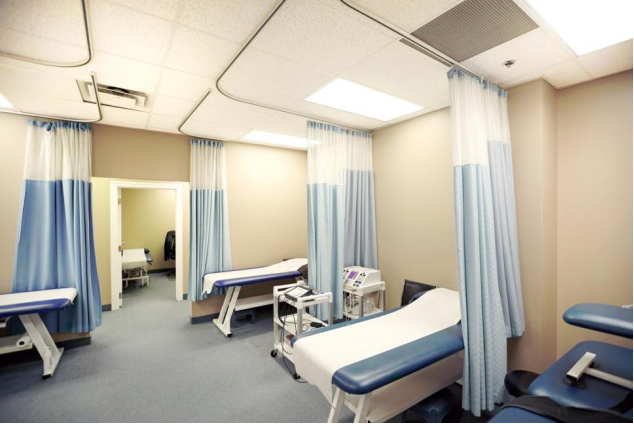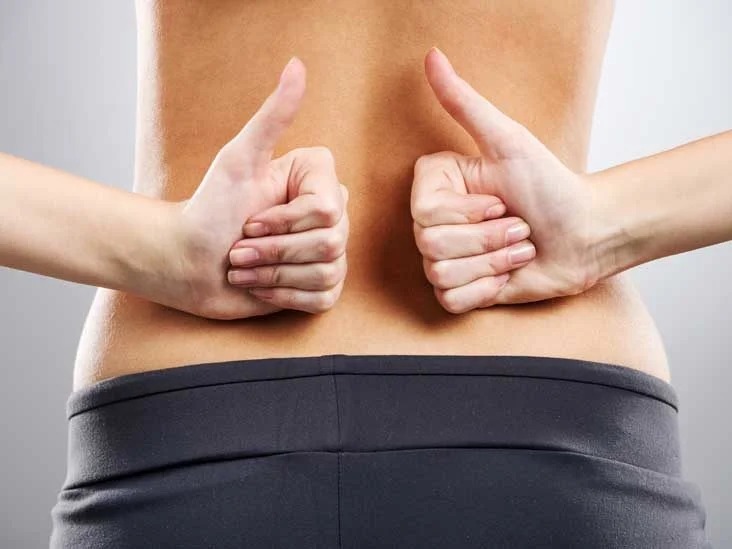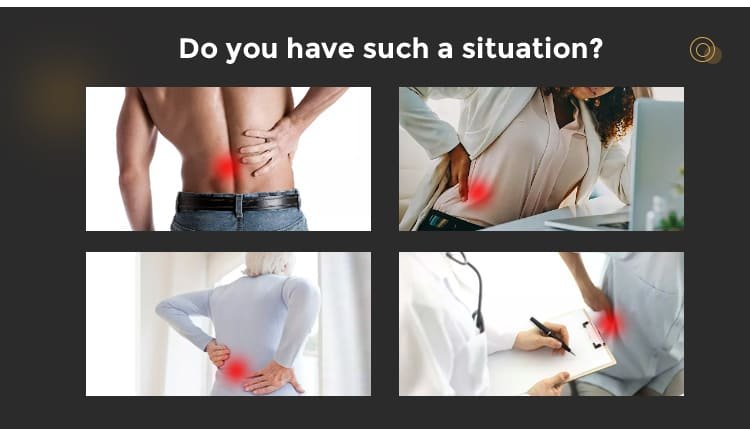Exercises and Stretches to Prevent Cervical Spondylosis
Exercises and Stretches to Prevent Cervical Spondylosis
Incorporating specific exercises and stretches into your daily routine can help prevent and manage the symptoms of cervical spondylosis. Here are some effective exercises:
- Neck Strengthening in Lying Position: Lie on your bed with your knees bent and feet flat on the bed. Gently push your head back while keeping your eyes and nose pointing straight up.
- Chin Tuck: Whether sitting or standing tall, draw your chin straight back to create a “double chin.” This exercise helps improve the mobility of your cervical spine.
- Lateral Neck Flexion Stretch: Sit up straight and use your hand to gently pull your head toward one shoulder. Hold for 10 seconds and then repeat on the other side.
These exercises can enhance posture, increase mobility, and reduce strain on your neck and cervical spine.
Ergonomic Workstation and Lifestyle Adjustments
Making ergonomic adjustments to your workstation and daily activities can also help prevent cervical spondylosis:
- Ensure your chair provides proper support and alignment, with your feet flat on the floor and thighs parallel.
- Position your computer monitor at eye level, about an arm’s length away.
- Use an external keyboard and mouse to maintain a neutral wrist position.
- Take regular breaks to move and stretch throughout the day.
- Maintain good posture when sitting, standing, and performing daily tasks.
By incorporating these adjustments and exercises into your routine, you can help prevent cervical spondylosis and improve overall neck health.
You can also use some equipment to perform neck exercises, such as the Alpahy Dynamic Neck Traction Device, which with Intelligent Dual Rise Bidirectional Curve Traction Technology, repeatedly pushing the back of neck up and down with the gravity of the human body plus the inflation airbag to fully open the 7 cervical vertebrae to relieve neck pain and muscle spasms, evenly relieving pressure between discs or off of a compressed nerve, as well as stretching the surrounding joint structures and muscles.






